Warehouse
Closed
July 10, 2025
Judging
Date
July 27, 2025
Winners
Announced
August 12, 2025
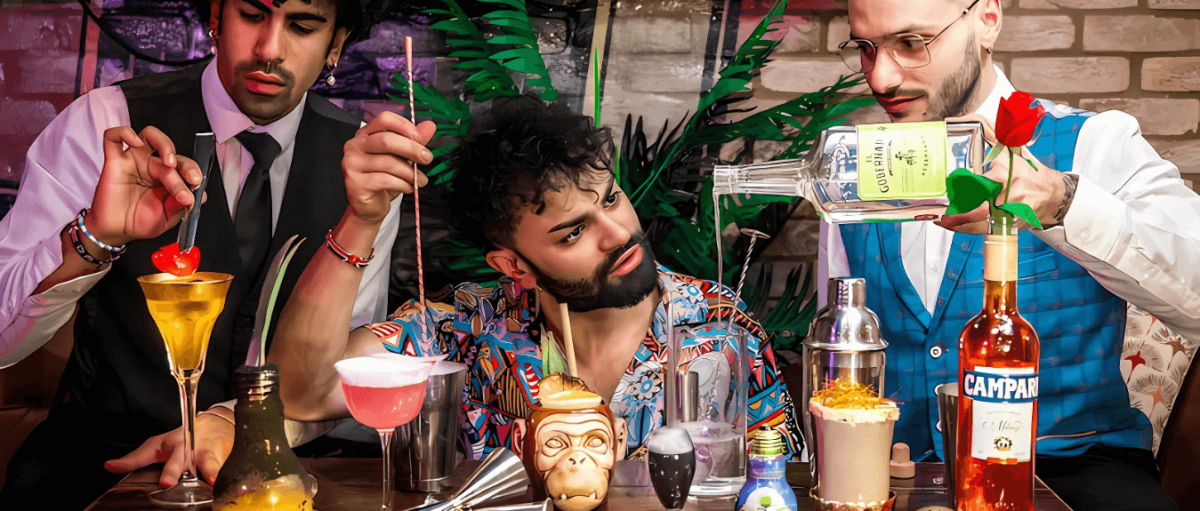
Behind every iconic cocktail is a story, and sometimes, that story starts with a mistake. Whether it's a miscommunication, a spilled ingredient, or a last-minute substitution, some of the most beloved drinks in the world were born from failure. But in bartending, as in art and science, failure is often the first draft of brilliance. From classic sips to modern mainstays, drinks like the Negroni Sbagliato and Piña Colada weren't crafted in labs, they were stumbled into, often during moments of improvisation or pressure. Yet these moments sparked new combinations, unexpected textures, and, ultimately, drinks people came back for again and again. This article dives into several of those serendipitous successes. More importantly, it uncovers what today’s bartenders, mixologists, and creative professionals can learn from these stories, innovation thrives in uncertainty, and sometimes the wrong pour leads to the right result.
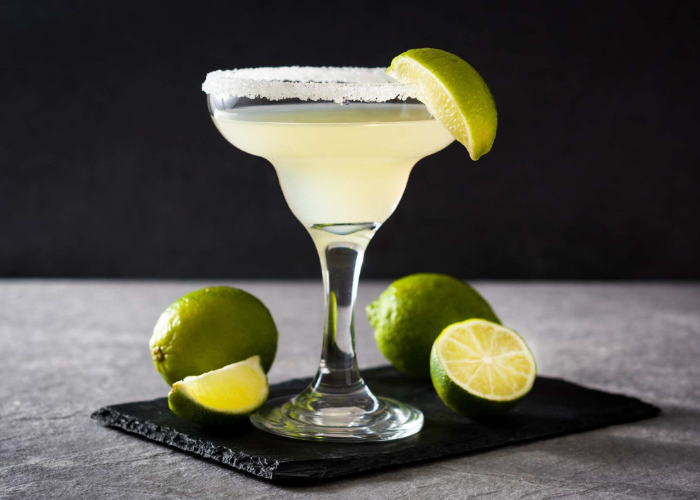
Source: Smartblend
One origin story for the Margarita involves a bartender attempting to make a "Daisy," a popular pre-prohibition cocktail, for a customer who wanted something different. The bartender used tequila instead of brandy, combined it with lime and orange liqueur, and served it over ice. The customer reportedly loved it, and a classic was born. The Margarita, now one of the most ordered cocktails in the world, may have emerged from a simple ingredient mix-up or improvisation. Some claim it was a misunderstanding in translation; "margarita" is Spanish for "daisy."
Lesson for bartenders: Mistakes in communication or substitution aren't always bad. Ingredient swaps can push you out of your routine and into creativity. If a customer asks for a classic and you riff based on what you have, you might just land on something unforgettable.
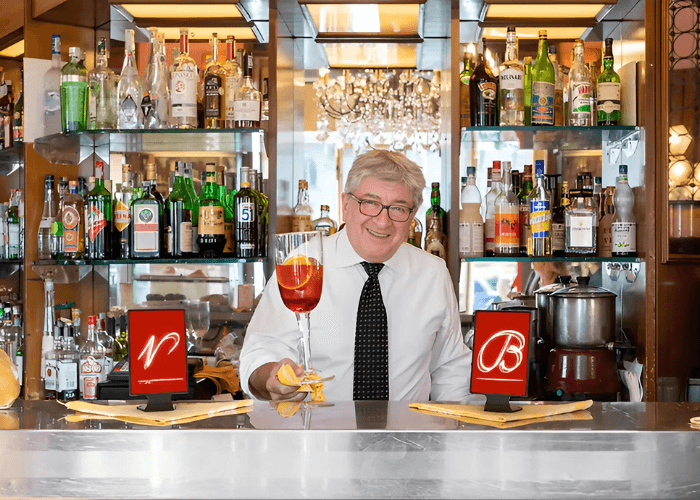
Source: Hidden Sound
In Milan, at the famous Bar Basso, a bartender accidentally used sparkling wine instead of gin when preparing a Negroni. Expecting the bite of gin, the customer got a lighter, fizzier version and loved it. Thus, the Negroni Sbagliato (“sbagliato” means “mistaken” in Italian) was born. It became a sensation, celebrated for being a more approachable cousin to the stiff Negroni. The mistake didn’t just create a drink; it opened the door to an entirely new flavor profile and audience.
Lesson for bartenders: A wrong bottle grab doesn’t always mean starting over. Consider the result. Does the new version have merit? Taste it. Let the surprise guide you. Mistakes with spirit bases can introduce unexpected harmony and a broader appeal.
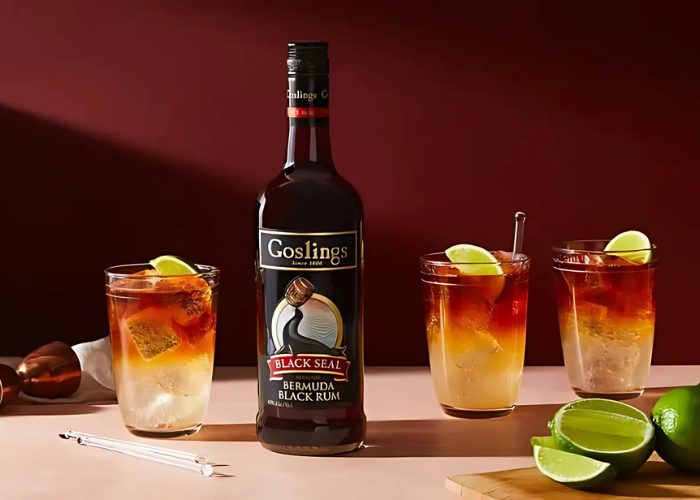
Source: Food 52
In Bermuda, sailors returning from the sea combined the local Goslings Black Seal Rum with ginger beer, probably more out of availability than design. Legend says someone poured the rum on top rather than mixing it in, and the drink's iconic "stormy" swirl was born. The Dark 'n' Stormy became a staple, its name reportedly inspired by a sailor who said it looked like "the color of a cloud only a fool or dead man would sail under."
Lesson for bartenders: Visuals matter. A layering mistake created one of the most recognizable aesthetics in mixology. Don’t underestimate what a little contrast in the glass can do. An accident in presentation can become a drink’s signature.

Source: Apetime Magazine
Created by bartender Sam Ross in 2007, the Paper Plane was born out of necessity and speed. Ross was experimenting with the Last Word cocktail template but didn’t have all the ingredients. Instead, he used bourbon, Aperol, Amaro Nonino, and lemon juice, equal parts. What he got was a perfectly balanced, bittersweet cocktail that flew across bars and menus everywhere. It was named after the M.I.A. song "Paper Planes," which was stuck in Ross’s head during creation.
Lesson for bartenders: Sometimes constraints lead to clarity. Limited options can force you into bold, decisive combinations. Trusting your instinct and palate when you're under pressure might result in something even more iconic than what you originally intended.
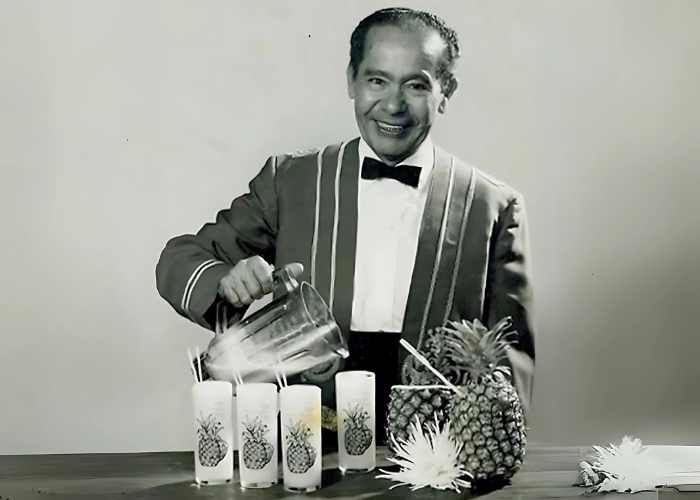
Source: Hilton
The Piña Colada's history is full of disputes, but one version credits bartender Ramón "Monchito" Marrero at the Caribe Hilton in Puerto Rico in 1954. He was experimenting with tropical flavors and used cream of coconut, pineapple juice, and rum in a blender. Some say the texture and creamy froth were a mistake of over-blending, while others claim it was a calculated play. Either way, what resulted was a vacation in a glass. It became a global tiki staple.
Lesson for bartenders: Texture is underrated. Whether intentional or accidental, mouthfeel can transform a drink from decent to delightful. Don’t dismiss a "too thick" or "too frothy" result outright, it might be exactly what makes your cocktail memorable.
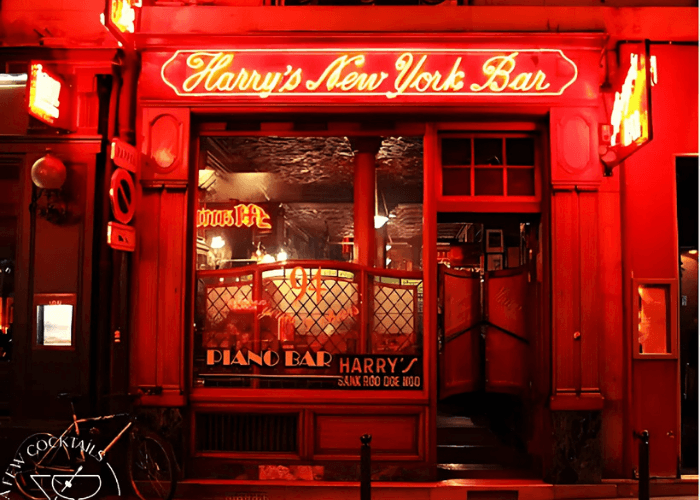
Source: A Few Cocktails
The Bloody Mary was reportedly invented in the 1920s at Harry’s New York Bar in Paris by bartender Fernand Petiot. Faced with limited options, he combined vodka and canned tomato juice, a move driven more by necessity than design. Customers loved it, and as time went on, he added Worcestershire sauce, lemon, hot sauce, and spices. It started as a scrappy hangover helper and grew into a brunch essential.
Lesson for bartenders: Low expectations can be a secret weapon. When ingredients are limited or less premium, creative seasoning, and balance can still deliver something crave-worthy. Innovation isn’t about abundance, it’s about smart use of what’s in reach.
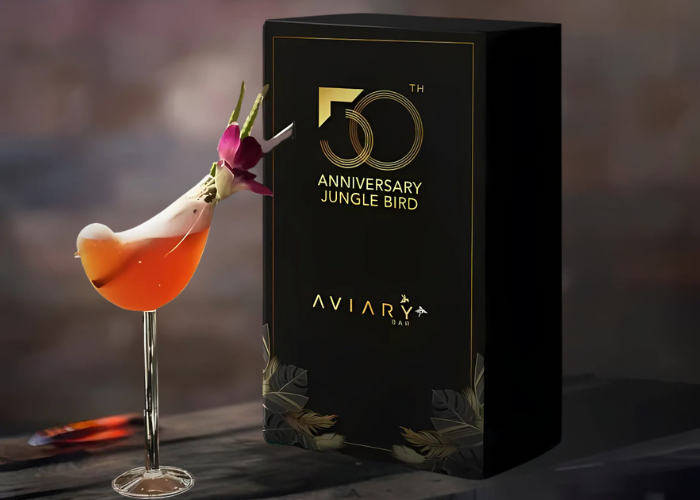
Source: Hilton
In 1978, the Aviary Bar at the Kuala Lumpur Hilton served the Jungle Bird as a welcome drink. It was an odd mix: dark rum, Campari, pineapple juice, lime juice, and sugar. Campari was rarely used in tropical drinks. Initially overlooked, it gained a following decades later when bartenders revisited tiki recipes and realized its bittersweet profile stood out.
Lesson for bartenders: Don’t write off odd pairings too quickly. What seems wrong, like using an Italian bitter in a fruit-forward drink, may add the edge that elevates it. Give strange combos a chance before tossing them.
What ties all these stories together is more than just an accident; it’s openness. An openness to taste the mistake and to serve it, to see how people react. Many of these drinks only became hits because someone noticed the potential. Behind every bar is a lab, and every "oops" is a prototype. Mistakes test boundaries and push creativity. They reveal blind spots in what we think works. They invite feedback, collaboration, and iteration. The key isn't to avoid failure, it's to embrace it. Taste everything. Let happy accidents shape your menu. The next classic might be hiding in your scrap pile.
Bartending thrives on instinct, repetition, and rhythm, but sometimes it's the break in rhythm, the spilled spirit, the wrong garnish, and the missing bottle, that sparks innovation. The most important skill a bartender can develop isn't just precision or speed; it's curiosity, the ability to look at a mistake and wonder, "What if this works?" Every drink on this list was a misstep turned masterpiece, a reminder that being bold and experimental can lead to iconic creations. So, stay weird. Keep a notebook. Taste your errors before tossing them. Adjust. The next Negroni Sbagliato could be hiding in your mistake. Let your failures ferment because the world is always thirsty for something new.
Header image source: Poptop
[[relatedPurchasesItems-54]]
Also Read:
The Art of Mixology: Molly Horn on Innovation and Spirits Education
Optimizing Cocktail Menu for Profitability with Samantha Lindquist
15 Game-Changing Canned Cocktails Every Retailer Should Stock
The 2025 Winners List is Now Live! Explore the Full List!